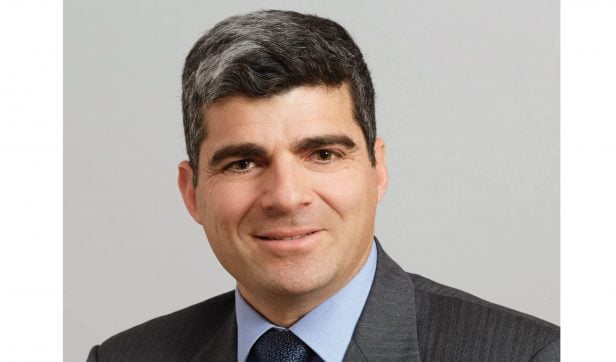The following column is from Gino Sabatini, W. P. Carey head of investments. W. P. Carey is a GlobeSt.com Thought Leader. The views expressed are the author's own.
The Corporate Liquidity Challenge
Recommended For You
In the wake of the COVID-19 health crisis, CEOs and CFOs will look to execute on strategies for rebuilding their businesses and adapting to the new normal. Initial strategies will involve securing sufficient liquidity to maintain operations in order to weather the near-term impact of the pandemic. Post-COVID-19 strategies will focus on securing the necessary capital to support long-term growth and new opportunities. The recapitalization of corporate balance sheets will be a critical step in executing on these initiatives.
Given the significant current and projected stimulus package from the government, it's been projected that the Federal Reserve balance sheet could increase from over $6 trillion as of the end of April, to $10 trillion over the next year with its balance sheet reaching 100 percent of GDP. Although it is common for debt-to-GDP ratios to spike in the aftermath of crises, with government debt piling up, companies will need to look beyond the government's near-term economic stimulus for longer-term financial stability. Furthermore, decreasing equity values that are causing increasing debt-to-equity ratios on corporate balance sheets are prompting downgrades from the major credit rating agencies, impacting some companies' once easy access to the public markets. In light of these factors, companies need to position themselves to access additional capital sources before traditional sources dry up. Fortunately, creditworthy companies that own their corporate real estate have a unique opportunity at their fingertips.
The Sale-Leaseback Solution
The concept is simple. For many companies, their critical real estate assets represent a significant cash value that could be redeployed to fund their ongoing operations and growth strategies. Through the "sale and leaseback" model (or sale-leaseback), a company sells its real estate to an investor for cash and simultaneously enters into a long-term lease. In doing so, the seller extracts 100 percent of the property's value and converts an otherwise illiquid asset into working capital, while maintaining full operational control.
In recent years, sale-leasebacks have become an increasingly popular financing option as property values have risen and businesses have found effective ways to use the money tied up in their real estate. We anticipate that in the aftermath of COVID-19, the demand for this type of efficient long-term capital will continue to rise, highlighting the value of being aligned with a collaborative, well-capitalized real estate investor such as W. P. Carey. As lending tightens over the next few months, sale-leasebacks will serve as an effective source of liquidity for companies, enabling them to implement their critical recapitalization plans and long-term business objectives in order to rebuild and adapt in a post-COVID world.
© Touchpoint Markets, All Rights Reserved. Request academic re-use from www.copyright.com. All other uses, submit a request to [email protected]. For more inforrmation visit Asset & Logo Licensing.







